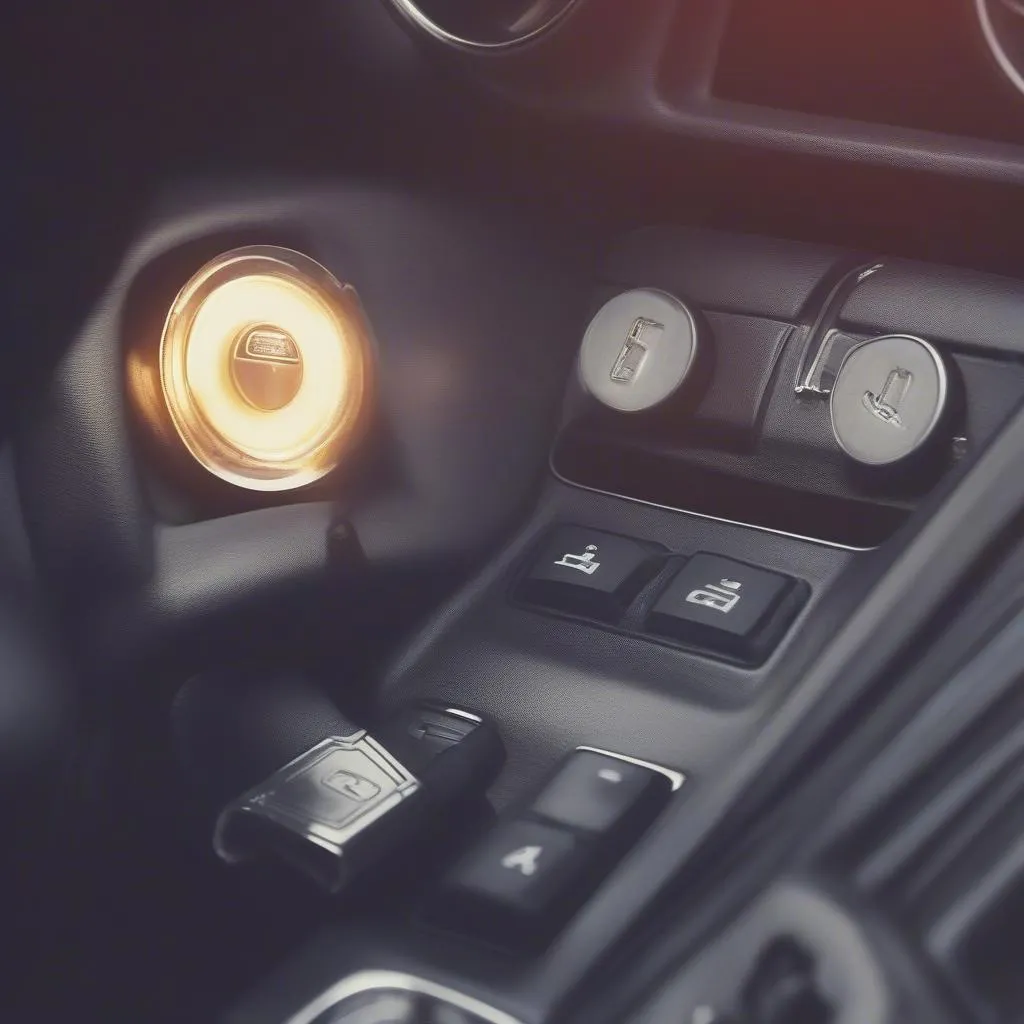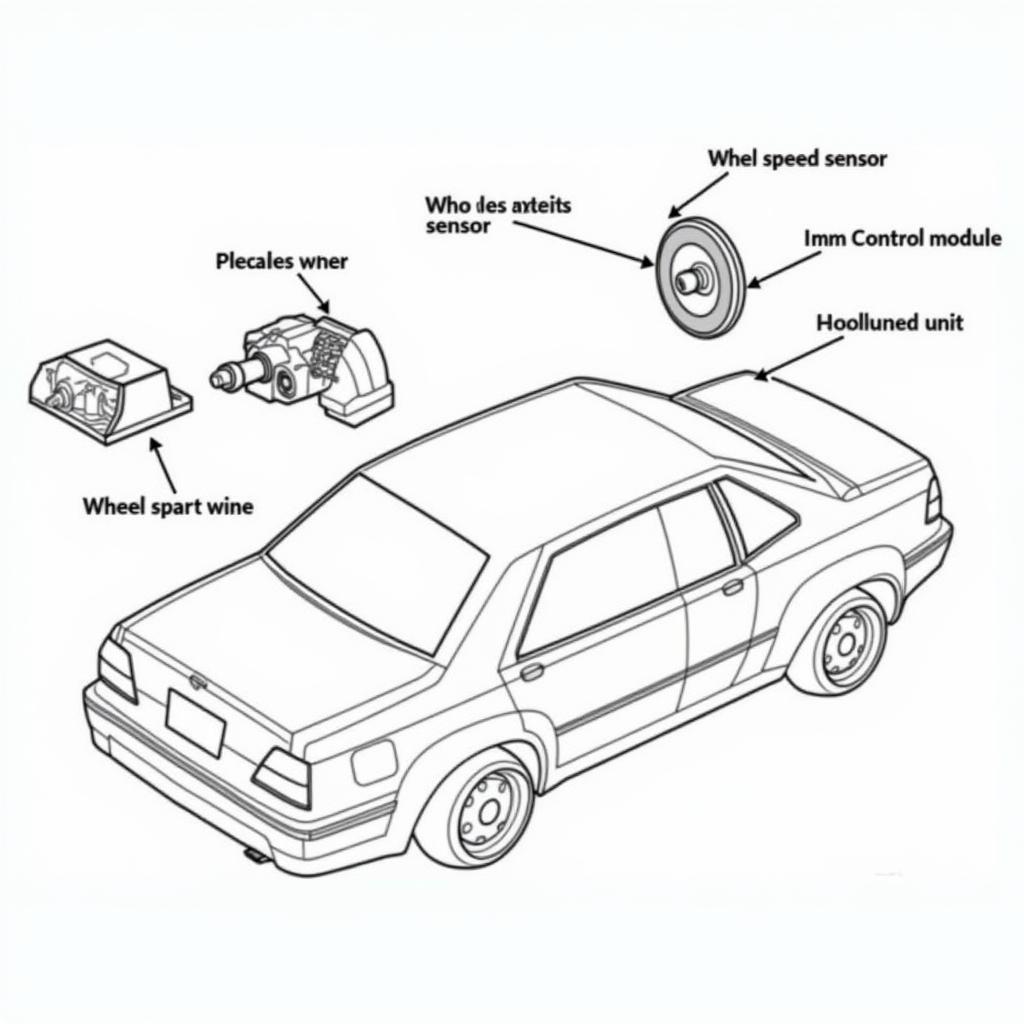Installing a UHF radio in your car can significantly enhance your communication capabilities, especially for off-road adventures, fleet management, or simply staying connected on long drives. While the process might seem daunting, it can be broken down into manageable steps. This guide will provide a comprehensive walkthrough on how to install a UHF radio in your car.
Understanding Car UHF Radios
Before diving into the installation, it’s essential to understand the basics of car UHF radios. UHF (Ultra High Frequency) radios operate on a higher frequency band than traditional AM/FM radios, providing clearer reception and a longer range. They are particularly useful in areas with limited cellular coverage.
Common UHF Radio Issues
Like any electronic device, UHF radios can encounter issues, often stemming from incorrect installation or wiring problems. Some common problems include:
- No Power: This usually indicates a problem with the power connections, such as a blown fuse or a loose wire.
- Poor Reception: This could be caused by a poorly positioned antenna, incorrect antenna tuning, or interference from other electronic devices in your car.
- Intermittent Transmission: This might point to loose connections, a faulty microphone, or a problem with the radio’s internal components.
Diagnosing UHF Radio Problems
Before attempting any repairs, it’s crucial to identify the root cause of the problem. This can often be done through basic troubleshooting:
- Check the Power Supply: Use a multimeter to verify that power is reaching the radio.
- Inspect the Antenna: Ensure the antenna is securely mounted and properly tuned.
- Examine the Wiring: Look for any loose, damaged, or disconnected wires.
Tools and Materials for Installation
Gathering the necessary tools and materials beforehand will make the installation process smoother. You will need:
- UHF radio unit
- Antenna and mounting hardware
- Wiring harness
- Electrical tape
- Wire cutters and strippers
- Screwdrivers (various sizes)
- Drill with drill bits (if necessary for mounting)
- Multimeter (optional but recommended)
UHF Radio Installation Steps
Follow these steps to install your UHF radio correctly:
- Disconnect the Negative Battery Terminal: This is crucial to prevent electrical shorts during the installation.
- Choose a Mounting Location: Select a location that provides easy access to the radio controls and allows for proper antenna placement.
- Install the Antenna: Mount the antenna according to the manufacturer’s instructions, ensuring it has a clear line of sight to the sky.
- Route the Wiring Harness: Carefully route the wiring harness from the radio’s intended location to the battery, ignition switch, and speakers.
- Connect the Wiring: Connect the wires according to the radio’s wiring diagram, ensuring all connections are secure and properly insulated.
- Mount the Radio: Secure the radio to the chosen mounting location using the provided brackets or hardware.
- Reconnect the Battery: Once all connections are made, reconnect the negative battery terminal.
- Test the Radio: Power on the radio and test its functionality, including transmission and reception.
Frequently Asked Questions
Q: Can I install a UHF radio myself?
A: Yes, with basic automotive electrical knowledge and the right tools, you can install a UHF radio yourself. However, if you’re uncomfortable working with car electronics, it’s best to seek professional installation.
Q: What is the range of a car UHF radio?
A: The range of a car UHF radio depends on various factors, including the radio’s power output, the antenna type and placement, and terrain. Generally, you can expect a range of several miles to tens of miles.
Q: Do I need a license to use a UHF radio in my car?
A: Regulations vary by country and region. In some places, a license may be required to operate a UHF radio, even in a vehicle.
Q: How do I troubleshoot a UHF radio that’s not working?
A: Start with the basics: check the power connections, antenna placement, and wiring. If those are all in order, consult the radio’s manual or contact the manufacturer for further troubleshooting assistance.
Conclusion
Installing a UHF radio in your car is a worthwhile investment for anyone seeking reliable communication. By following these steps and taking your time, you can enjoy the benefits of clear, long-range communication while on the road. Remember to always consult your radio’s manual and seek professional assistance if needed.
For more information on car electronics and diagnostics, explore the resources available on CARDIAGTECH.com. Our team of experts can provide further guidance and support for all your automotive needs.


